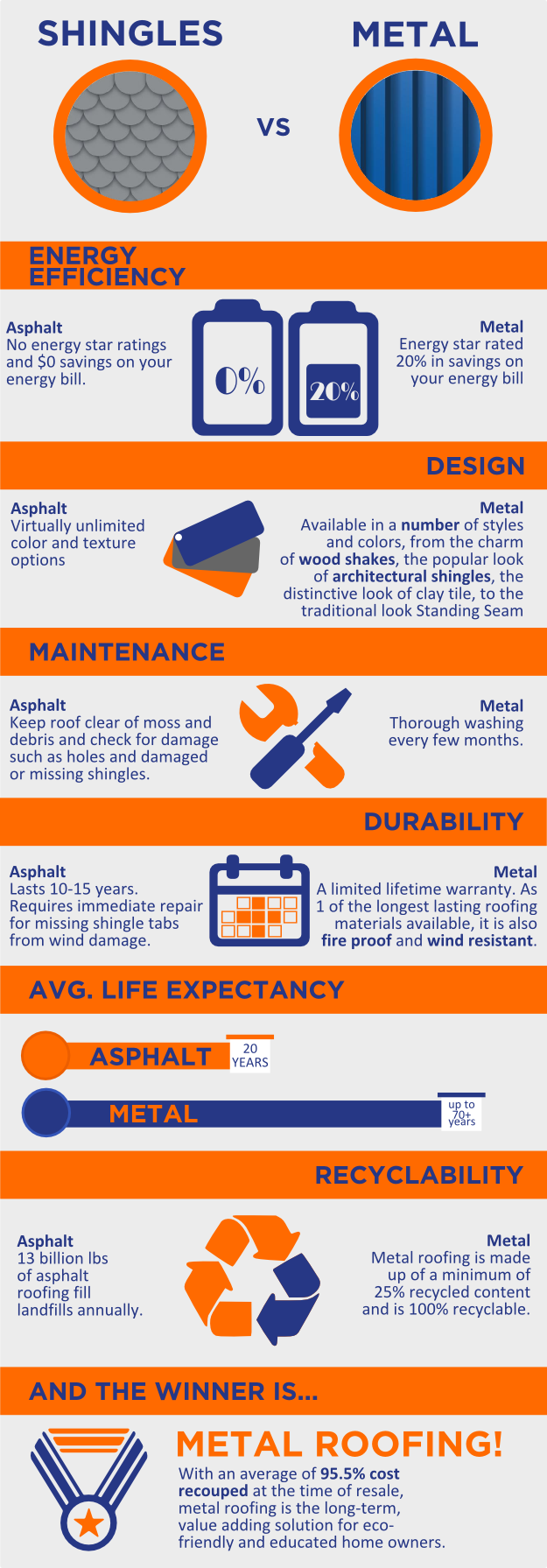Delve Into The Complicated World Of Solar Innovation And Discover The Remarkable Procedure Through Which Sunshine Is Exchanged A Usable Source Of Power
Delve Into The Complicated World Of Solar Innovation And Discover The Remarkable Procedure Through Which Sunshine Is Exchanged A Usable Source Of Power
Blog Article
Staff Writer-Vittrup Jimenez
So, you've read about photovoltaic panels and their prospective to produce electricity from sunlight, yet how specifically do they function? Recognizing the elaborate modern technology behind solar panels can be a remarkable journey right into the globe of renewable resource. From the standard principles of photovoltaic cells to the elaborate parts that comprise a photovoltaic panel system, there's an entire realm of expertise waiting to be explored. Let's decipher the secrets of solar panel innovation together.
Solar Panel Technology Principles
To really understand the significance of photovoltaic panel technology, you need to delve into the basic concepts that underpin its performance. Solar panels contain solar batteries, usually made from silicon, which have the exceptional capability to convert sunlight into power via the photovoltaic effect. When sunshine hits the cells, the photons in the light interact with the silicon atoms, triggering the electrons to damage without their atomic bonds. This produces an electric current that can then be used for powering various devices.
The vital component of photovoltaic panels is the semiconductors within the photovoltaic cells, which facilitate the conversion of sunshine into useful electrical power. These semiconductors have both favorable and negative layers, developing an electric field that enables the circulation of electrons.
This flow of electrons, when linked in a circuit, produces direct present (DC) power. Understanding residential rooftop solar panels is vital for valuing exactly how solar panels can harness the sun's energy to power homes, companies, and also satellites in space.
How Solar Panels Generate Electrical Power
Solar panels harness the sunlight's power by transforming sunlight into electrical power through a process referred to as the photovoltaic or pv impact. When sunlight strikes the photovoltaic panels, the photons (light fragments) are taken in by the semiconducting materials within the panels, normally made from silicon. This absorption creates an electrical current as the photons knock electrons loose from the atoms within the material.
The electrical fields within the solar cells then force these electrons to stream in a certain direction, developing a direct current (DC) of electrical power. This direct current is then travelled through an inverter, which converts it into alternating existing (AC) power that can be utilized to power your home or company.
Excess electrical energy generated by the photovoltaic panels can be kept in batteries for later usage or fed back right into the grid for debt through a procedure called internet metering. Comprehending exactly how solar panels produce electricity is vital to appreciating the ecological and cost-saving advantages of solar energy systems.
Recognizing Photovoltaic Panel Components
One essential facet of photovoltaic panel technology is comprehending the various elements that compose a photovoltaic panel system.
The essential parts of a photovoltaic panel system include the solar panels themselves, which are made up of photovoltaic cells that convert sunlight right into power. These panels are placed on a framework, usually a roof, to capture sunshine.
Along with the panels, there are inverters that convert the straight current (DC) electricity produced by the panels right into alternating existing (A/C) electrical energy that can be made use of in homes or companies.
The system additionally includes racking to support and position the photovoltaic panels for ideal sunshine exposure. Moreover, wires and connectors are necessary for transferring the power generated by the panels to the electric system of a building.
Last but not least, a monitoring system may be consisted of to track the efficiency of the solar panel system and guarantee it's working efficiently. Recognizing linked internet site is vital for anybody wanting to mount or utilize solar panel technology efficiently.
Final thought
Since you comprehend the fundamentals of photovoltaic panel technology and how it functions, you can appreciate the power of taking advantage of sunlight to create tidy and renewable energy for your building. By utilizing the photovoltaic or pv impact and elements like inverters and keeping an eye on systems, you can add to a more lasting future while likewise possibly reducing energy expenses. Maintain knowing and exploring the opportunities of solar power for a greener tomorrow.
